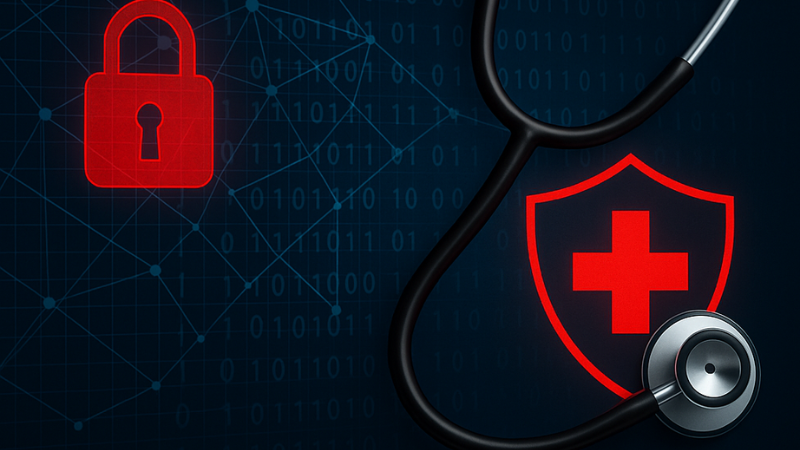As the digital transformation of healthcare and pharmaceuticals accelerates, so too does the attention from cybercriminals. The latest threat making waves in cybersecurity circles is a remote access trojan known as ResolverRAT Malware. While not the first malware of its kind, ResolverRAT is proving to be particularly insidious, exploiting the vulnerabilities of overstretched systems and unsuspecting employees. The result? Compromised patient data, leaked pharmaceutical research, and operational disruptions that could cost lives.
ResolverRAT is a type of malware that enables cyber attackers to take control of infected systems remotely. Once embedded, the Trojan can exfiltrate sensitive data, capture screenshots, record keystrokes, and even execute commands that allow for deeper infiltration across entire networks. This is not your average virus; ResolverRAT operates silently in the background, avoiding detection while maintaining a persistent connection to a remote command-and-control server. What makes it particularly dangerous is its ability to disguise itself as a legitimate file, often delivered through phishing emails that appear to come from trusted internal sources.
Why Healthcare and Pharma Are Prime Targets for ResolverRAT Malware
Cybersecurity analysts have observed a troubling trend — ResolverRAT Malware is increasingly targeting the healthcare and pharmaceutical sectors. These industries hold a treasure trove of valuable data: patient medical records, proprietary drug formulas, intellectual property from clinical trials, and confidential research materials. The sensitivity and sheer volume of this information make it extremely attractive to hackers looking to sell data on the dark web or extort institutions for ransom.
Moreover, the urgency with which these organizations must operate makes them especially vulnerable. A delayed surgery or halted drug trial due to a cyberattack can have far-reaching consequences. Unlike other sectors where downtime means inconvenience, in healthcare, it can mean loss of life. This high-stakes environment puts pressure on institutions to pay ransoms quickly, often without time to fully investigate the breach or its broader implications.
Also Read:Netflix is Testing a New AI Search Engine — Here’s Why It Could Change How We Watch TV
The methods used to spread ResolverRAT Malware are highly targeted. In many reported incidents, attackers used spear-phishing tactics to send personalized emails containing malicious attachments or links. These emails are designed to look like internal communications, increasing the likelihood that recipients will open them. Once the RAT is activated, it installs silently, establishing communication with the attacker’s server and enabling remote control of the compromised system.
Building Stronger Cyber Defenses in Critical Sectors in the era of ResolverRAT Malware
Real-world impacts are already being felt. Several hospitals and pharmaceutical companies have reported unauthorized access to patient files and internal systems. There have been confirmed cases of leaked R&D documentation, exposing organizations to both competitive risks and regulatory scrutiny. Data breaches in these sectors are not just a compliance headache—they can result in heavy fines, legal action, and serious damage to public trust.
The rise of ResolverRAT should serve as a wake-up call. Healthcare and pharmaceutical leaders must prioritize cybersecurity as much as they prioritize patient outcomes and product development. Investing in employee training is essential, as human error remains the most common entry point for malware. Advanced endpoint protection, network segmentation, regular patch updates, and multi-factor authentication are all critical tools in defending against threats like ResolverRAT.
Furthermore, institutions need to shift from a reactive to a proactive security posture. Waiting until after an attack to respond is no longer sustainable. With threat actors constantly evolving their tactics, threat intelligence and real-time monitoring must become part of the everyday digital hygiene of healthcare systems and pharmaceutical operations.
As ResolverRAT continues to evolve, one thing is clear — cyberattacks on critical infrastructure are no longer theoretical. They are happening now, targeting the data and systems that support human health and safety. In a world where healthcare and pharmaceuticals are increasingly powered by technology, ensuring that these systems are secure is not just a technical challenge; it is a moral imperative.
The future of healthcare depends not only on medical breakthroughs, but also on our ability to protect the digital environments where they unfold.

One Comment